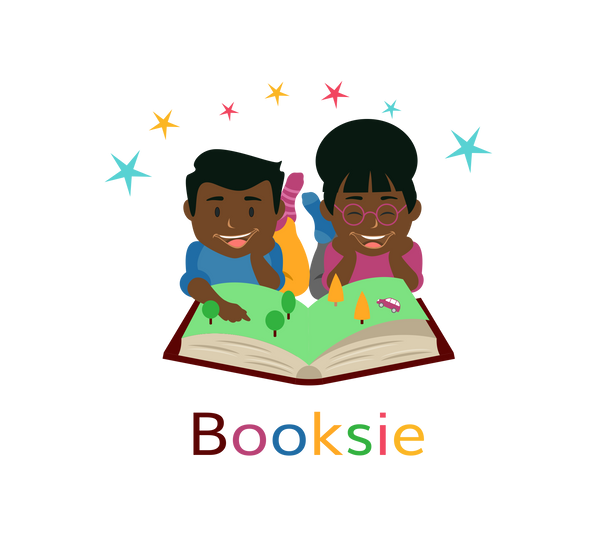
Oral storytelling: Benefits and limitations
Most forms of art revolve around storytelling. Music, dance, acting, and painting are much more meaningful when they convey a story or message. Oral storytelling is an entertaining art form that has lasted for decades and is more than just using words to tell a story. It involves using facial expressions, gestures, and body language to communicate a tale or narrative to active listeners.
Many African cultures used oral storytelling to entertain children and pass down beliefs, traditions, and moral values. With the rise of picture books, electronic gadgets, and the internet, oral storytelling is hardly ever used as a form of entertainment anymore. However, it needs to make a comeback because of its many benefits. Read on for a few of those benefits.
Benefits of oral storytelling
It teaches moral lessons
Many, if not all African stories always have a lesson embedded in the story. They teach children about kindness, responsibility, respect and more. The famous Ghanaian folktale character, Ananse is constantly being used to teach children about humility and discourage selfishness.
It's used to pass down cultural values and traditions
Cultural practices, customs, and even family history can be passed down through oral storytelling and this was the norm before books and computers became a thing. It is said that stories are remembered 22 times more than facts. Thus incorporating cultural practices and traditions in stories increases the listeners’ ability to remember them.
It is a great source of entertainment
Oral storytelling can be as simple as a parent telling their child a bedtime story. It can also take other forms where the storyteller becomes a performer and embodies the actions and emotions of the characters of a story. A narrator makes stories more interesting by engaging the imaginations of listeners through a variety of expressions. This involves the storyteller making gestures, body, and sound expressions that aim to portray characters in a story. Sometimes narrators will sing and dance or wear costumes and use props to enhance the story. All these add to the amusement and understanding of stories.
It fosters creativity and imagination
Anytime we listen to a story or read a book without pictures we actively try to imagine what the characters in the story look like, what they sound like, and the environment around them.
Oral storytelling stimulates the imagination of the audience. It also forces the storyteller to be creative and to use words that best describe the story. Listeners also get to learn new words.
Even though oral storytelling is a powerful art form it has certain limitations.
Limitations of oral storytelling
Loss of accurate details
When information is passed on by word of mouth, it’s highly possible that the information may be distorted. Humans can forget important details, add or remove certain aspects of the story. Because these stories are not written down it’s difficult for them to be accurate as the years go by.
The audience and storyteller can be easily distracted
The storyteller or the audience can get easily distracted during the storytelling process. The delivery of the story can be hindered by an audience member who talks, laughs too loud, or by someone who keeps asking the storyteller to repeat what he or she said. Something as simple as a foul smell could also lead to diverted attention.
Some people, especially children, have a short attention span. For this group of people, oral storytelling may not be the best way to tell them a story. With storybooks, you can take a break from reading and continue later. Movies can be paused or watched again in order to get a full understanding of the story. Unfortunately, oral storytelling does not have the luxury of having a pause button. Its benefits still outweigh its limitations and I can't wait to see it make a come back!
